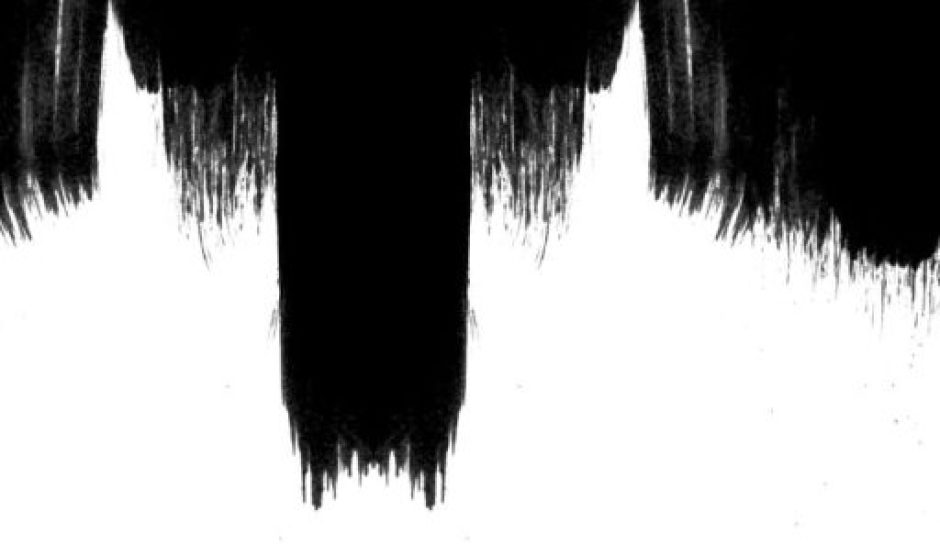Finding strategy to manage different learning challenges through craft community!
INTER WOVEN
Like many neurodiverse people I find comfort in repetative craft activity anything that distracts, but also allows me to focus. My daughter Silva, who is dyslexic loves repairing, and uses it as a ‘mind’ mending technique, when she is stressed or overwhelmed, the results are really very intricate, complex and beautiful. So I was fascintaed to discover this CSM workshop initiative called INTER WOVEN, led by artist and educater Christopher Kelly, he shares his own experience with ADHD, and how he found crochet as a ‘coping stratergy’. I am drawn to how through craft activity, students with nerodiversity are able to connect and feel a sense of community through a shared experience. This is something really important for me to remember while considering how to support my students in shared studio activity. As discussed in this film, some students with neurodiversity find peer learning, and collaboration invasive. They may experience noise and social signals difficult to negotiate, and choose to self isolate. I am inspired by the thought that collaborative activity does not have to mean team effort, it can as evidenced by Inter Woven take the shape of a shared experience, through an inclusive activity.
I am also consious that neurodiversity learner needs are varied and complex, some students I experience have sensory challenges, noise, smells lights and others processing issues that cause stress and anxiety. The studio space as an inclusive space, could be improved to respond to complex these diverse needs. I draw on an article from WONKE, (Wheewell, Tiplady. 2023) exploring practical issues that neurodiverse learners would like to feel more at ease in the learning environment. I would like to explore how to make the studio a truly inclusive environment for my students. As I am seeing a connection that a growing number of my students do not work in studio, and choose to spend time in isolation. These students projects seem to be linked with ‘soft’ craft output. I will take inspiration from InterWoven, as a catalyst for introducing craft activity that compliments the course, and engages students with differents learning needs, within the studio. To consider well-being and relationship building, to support mental health.
Within MA Fashion Artefcat using hair as a material seems to resonate deeply with many students. Perhaps as hair is so deeply connected to cultural and emotional aspects of self. I would like to explore inclusive craft activity that may foster a deeper connection. I will build on this idea in one of my case studies.

The Image above: The Hand (2008) by Artist Jayoung Yoon is from her series Wearable Sculptures, made from interwoven fibre and hair as she explains in her artist statement “I use human hair as a primary medium to create two- and three-dimensional works, exploring themes of mindfulness, and interconnectedness. Human hair has the potential to embody both mind and matter.”
References:
Hamilton, L.G, Pettey, P. (2023). ‘Compassionate pedagogy for neurodiversity in higher education: A conceptual analysis’. Front. Psychol.,Sec. Educational Psychology, Volume 14. Available At: https://doi.org/10.3389/fpsyg.2023.1093290 (Accessed 10th January 2024).
Inter Woven: Neurodiversity and the Creative Mind: CSM, Available at:.https://www.youtube.com/watch?v=YiYIrTXuvPg (Accessed 10th January 2024).
Tiplady, H. Whewell, E. (2023) ‘What neurodiverse learners told us they needed in order to thrive’ Available at: https://wonkhe.com/blogs/what-neurodiverse-learners-told-us-they-needed-in-order-to-thrive/ (Accessed 20th January 2024).
